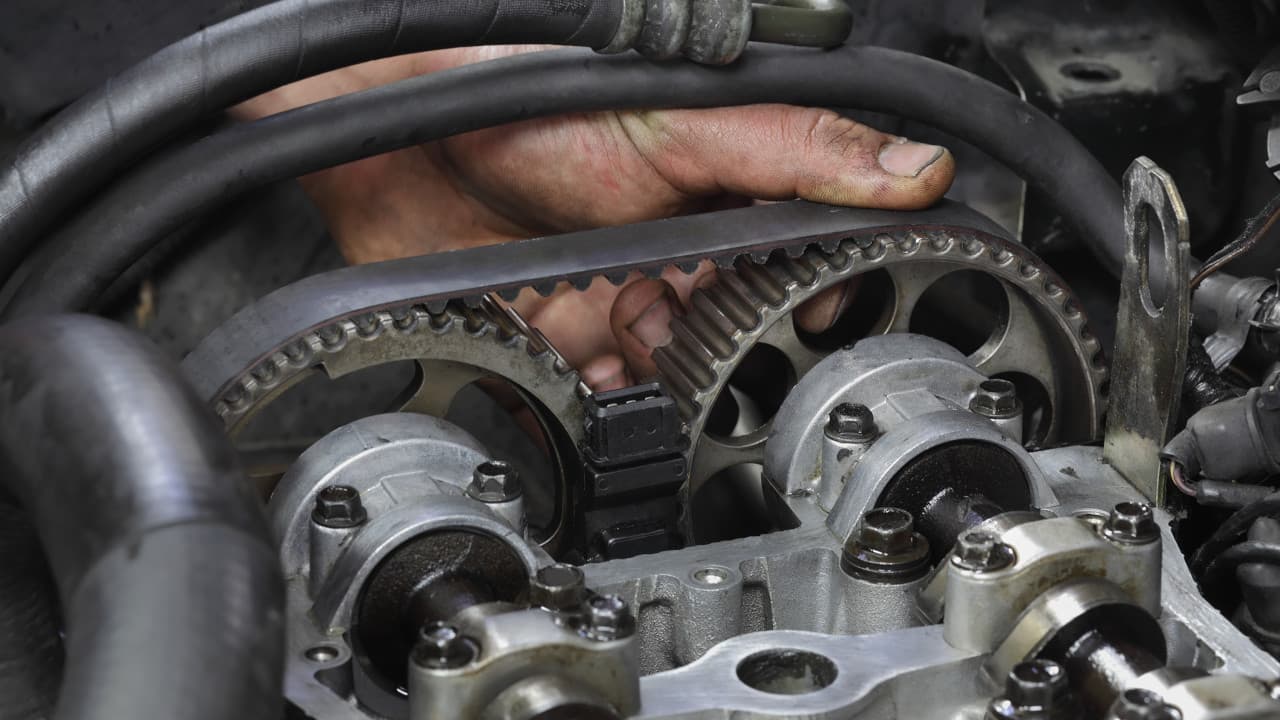- Arabic
- French
- Russian
- Spanish
- Portuguese
- Turkish
- Armenian
- English
- Albanian
- Amharic
- Azerbaijani
- Basque
- Belarusian
- Bengali
- Bosnian
- Bulgarian
- Catalan
- Cebuano
- Corsican
- Croatian
- Czech
- Danish
- Dutch
- Afrikaans
- Esperanto
- Estonian
- Finnish
- Frisian
- Galician
- Georgian
- German
- Greek
- Gujarati
- Haitian Creole
- hausa
- hawaiian
- Hebrew
- Hindi
- Miao
- Hungarian
- Icelandic
- igbo
- Indonesian
- irish
- Italian
- Japanese
- Javanese
- Kannada
- kazakh
- Khmer
- Rwandese
- Korean
- Kurdish
- Kyrgyz
- Lao
- Latin
- Latvian
- Lithuanian
- Luxembourgish
- Macedonian
- Malgashi
- Malay
- Malayalam
- Maltese
- Maori
- Marathi
- Mongolian
- Myanmar
- Nepali
- Norwegian
- Norwegian
- Occitan
- Pashto
- Persian
- Polish
- Punjabi
- Romanian
- Samoan
- Scottish Gaelic
- Serbian
- Sesotho
- Shona
- Sindhi
- Sinhala
- Slovak
- Slovenian
- Somali
- Sundanese
- Swahili
- Swedish
- Tagalog
- Tajik
- Tamil
- Tatar
- Telugu
- Thai
- Turkmen
- Ukrainian
- Urdu
- Uighur
- Uzbek
- Vietnamese
- Welsh
- Bantu
- Yiddish
- Yoruba
- Zulu
Nov . 09, 2024 19:32 Back to list
Understanding the Benefits and Applications of Linked V Belts in Conveying Systems
Understanding the Linked V-Belt Applications and Benefits
When it comes to power transmission in various machines and vehicles, the linked V-belt has emerged as a popular choice due to its efficiency and versatility. As an essential component in many mechanical systems, the linked V-belt plays a critical role in transferring power from one component to another. In this article, we will explore the design, benefits, applications, and maintenance of linked V-belts.
What is a Linked V-Belt?
A linked V-belt is a type of flexible drive belt characterized by its V-shaped cross-section and linked construction. Unlike traditional V-belts, which are made from a single piece of rubber or synthetic material, linked V-belts consist of interconnecting segments or links. This innovative design allows for greater flexibility, enabling the belt to adapt to various pulley configurations and operating conditions.
The construction of linked V-belts typically incorporates materials such as rubber, polyester, or other synthetic composites that enhance durability and resistance to wear. The linked design allows for easy customization in length, making it suitable for a wide array of applications.
Advantages of Linked V-Belts
1. Flexibility and Adaptability The primary advantage of linked V-belts is their flexibility. They can bend and twist around pulleys of different sizes and shapes without losing performance. This makes them ideal for use in applications with varying operational requirements.
2. Ease of Installation and Maintenance Since linked V-belts can be adjusted in length and are modular, they are easier to install and replace compared to traditional belts. In situations where replacement is necessary, only a portion of the belt may need to be replaced, reducing maintenance costs and downtime.
3. Enhanced Performance The linked design reduces the risk of slippage and improves grip on the pulleys, ensuring efficient power transfer. This improved performance leads to better energy efficiency, which is crucial for reducing operational costs, especially in industrial settings.
4. Reduced Noise and Vibration Linked V-belts operate more quietly than standard belts due to their construction, which minimizes vibrations. This feature is particularly beneficial in households and environments where noise control is critical.
5. Longer Lifespan The materials used in linked V-belts are designed to withstand harsh conditions, including temperature fluctuations and exposure to chemicals. This durability results in longer service life and lower frequency of replacements.
Applications of Linked V-Belts
Linked V-belts are utilized in a myriad of applications across various industries. Here are some notable examples
linked v belt

1. Automotive Industry In vehicles, linked V-belts are commonly used for power steering, air conditioning compressors, and alternators. Their flexibility allows them to fit into compact engine compartments easily.
2. Industrial Machinery Many manufacturing processes rely on linked V-belts to drive conveyors, fans, and pumps. The adaptability of the belts to different speeds and power requirements makes them suitable for dynamic operating environments.
3. Agricultural Equipment Lawn mowers, tractors, and other agricultural machinery often use linked V-belts for power transmission. Their ease of maintenance is advantageous in agricultural settings where time is crucial.
4. HVAC Systems Linked V-belts are employed in heating, ventilation, and air conditioning systems to drive fans and blowers, contributing to their efficiency and performance.
Maintenance Tips for Linked V-Belts
To ensure the longevity and performance of linked V-belts, regular maintenance is essential. Here are some maintenance tips
1. Regular Inspections Check the belt for signs of wear, such as cracks, fraying, or stretching. Early detection of issues can prevent further damage.
2. Proper Tensioning Ensure that the belt is properly tensioned according to manufacturer specifications to avoid slippage.
3. Cleanliness Keep the pulleys and belts free from dirt and debris, which can cause wear and reduce efficiency.
4. Monitor Performance Pay attention to any changes in performance, such as increased noise or vibrations, which may indicate the need for maintenance or replacement.
Conclusion
The linked V-belt is a remarkable innovation in power transmission technology, offering flexibility, adaptability, and enhanced performance across various applications. Understanding its benefits and proper maintenance techniques can greatly extend its service life, making it a reliable choice for both industrial and automotive applications. As technology continues to advance, the linked V-belt is likely to remain a fundamental component in the machinery of the future.
-
Korean Auto Parts Timing Belt 24312-37500 For Hyundai/Kia
NewsMar.07,2025
-
7PK2300 90916-T2024 RIBBED BELT POLY V BELT PK BELT
NewsMar.07,2025
-
Chinese Auto Belt Factory 310-2M-22 For BMW/Mercedes-Benz
NewsMar.07,2025
-
Chinese Auto Belt Factory 310-2M-22 For BMW/Mercedes-Benz
NewsMar.07,2025
-
90916-02660 PK Belt 6PK1680 For Toyota
NewsMar.07,2025
-
drive belt serpentine belt
NewsMar.07,2025

